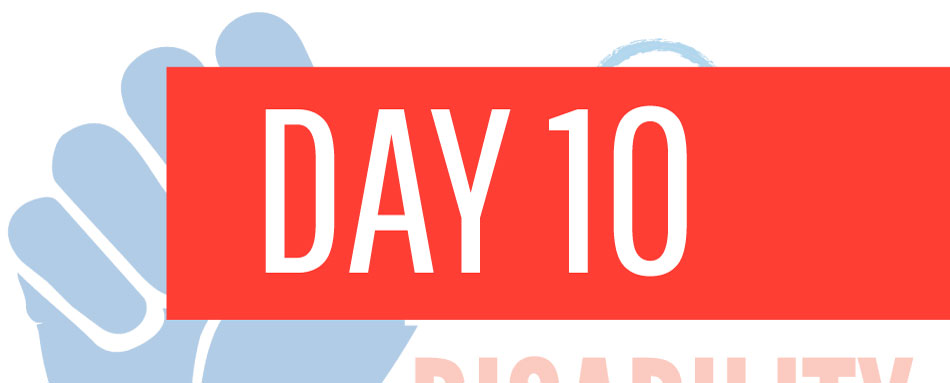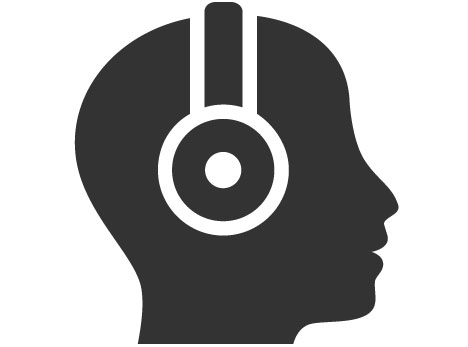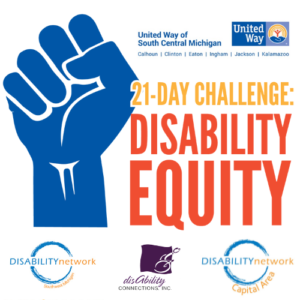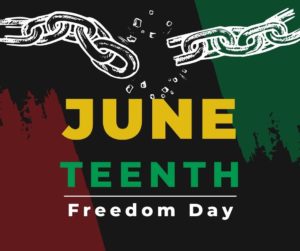
Economic injustice is a major issue affecting the disability community. Adults with disabilities are twice as likely to be unemployed and twice as likely to live in poverty as their non-disabled peers. Working disabled Americans over age 16 earn only 70 cents on the dollar when compared to their non-disabled peers. And even though people with disabilities have less income, their cost of living is significantly higher than that of people without disabilities. Disability-related healthcare, support services, and assistive technologies are expensive. Living with a disability costs almost $18,000 more a year, on average, to maintain the same quality of life as people without disabilities.
Only 18% of disabled people in the US lived below the Federal Poverty Level in 2019, but this level does not reflect the financial realities people face. The United Way uses cost of living information to calculate the number of people in the US who are ALICE (Asset Limited, Income Constrained, Employed), which means they cannot afford basic household expenses. The ALICE data on disability for 2019 shows that an additional 34% of people with disabilities in the US were unable to afford basic needs. This means that 52% or more than half of disabled people in the US were financially struggling in 2019, compared to only 42% of the total US population.
For over 30 years, the Americans with Disabilities Act (ADA) has provided a pathway for people with disabilities to be included in the workforce. Title I of the ADA prohibits most private employers, state and local governments, employment agencies, and labor unions from discriminating against qualified individuals with disabilities. The ADA spans all areas of employment, including hiring, compensation, opportunities for promotion, and on-the-job training. Unfortunately, qualified applicants with disabilities still experience employment discrimination and are often overlooked as they seek jobs.
Many people with disabilities rely on Medicaid or Social Security benefits to survive. For disabled people who are unable to work, government benefits are often their sole source of income. Yet expenses often outpace benefit payments, leaving these people in financial hardship. Individuals who qualify for Supplemental Security Income (SSI) from the Social Security Administration can have no more than $2,000 in assets, including savings, and married couples on SSI are limited to $3,000. Government benefits programs like SSI restrict many disabled people from saving enough money to prepare for medical emergencies or other unforeseen circumstances. For people with disabilities who are able to work, state and federal governments impose strict income limits to qualify for Medicaid or other benefits. Most of these government agencies do not adjust income limits to account for the thousands of extra dollars disabled people spend each year on disability-related expenses. This, in turn, forces people with disabilities to choose between full-time employment and the healthcare they need to survive, continuing the cycle of poverty.
Changes to our social service and financial systems are necessary for people with disabilities to thrive, rather than struggle to meet their basic needs. We should be intentional about creating social services, benefit programs, and employment opportunities that address socioeconomic inequalities for people with disabilities.
![[Image description: A bar chart titled “Disability and Poverty” shows a large orange bar indicating that 26% of people with disabilities live below the federal poverty line. Below is a smaller blue bar indicating that 12% of people without disabilities live below the federal poverty line. Text reads, “People with disabilities are 2x more likely to live below the federal poverty line than their non-disabled peers.” Disability Network Southwest Michigan blue and orange logo in upper left corner of the image.
Attribution: Disability Network Southwest Michigan (2024).
Data source: University of New Hampshire, Institute on Disability, Annual Report on People with Disabilities in America: 2024.]](https://unitedforscmi.org/wp-content/uploads/2022/08/dec10.jpg)
[Image description: A bar chart titled “Disability and Poverty” shows a large orange bar indicating that 26% of people with disabilities live below the federal poverty line. Below is a smaller blue bar indicating that 12% of people without disabilities live below the federal poverty line. Text reads, “People with disabilities are 2x more likely to live below the federal poverty line than their non-disabled peers.” Disability Network Southwest Michigan blue and orange logo in upper left corner of the image.
Attribution: Disability Network Southwest Michigan (2024). Data source: University of New Hampshire, Institute on Disability, Annual Report on People with Disabilities in America: 2024.]

Read
- Rebecca Vallas & Shawn Fremstad, Talk Poverty – Disability Is a Cause and Consequence of Poverty
- Mia Ives Rublee, The Hill – Keeping Americans With Disabilities From Poverty Must Remain a Priority
- Lindsay Ryan, The New York Times – Many Patients Don’t Survive End-Stage Poverty
- Content Note: Descriptions of acquired disability and death as a result of poverty.
- Chantel Boyens, Urban Institute – Supplemental Security Income Thresholds Are Out of Date; Updating Them Would Reduce Poverty.

Watch
- Dessa Cosma, Ford Foundation – Economic Justice & Disability (1:39, includes captions and transcript)
- Disability & Philanthropy Foundation – Mia Ives-Rublee Explains Why Poverty is a Policy Choice (3:01, includes captions, full webinar and transcript here)
- The Century Foundation – Economic Justice is Disability Justice (1:31:45, includes captions, transcript, and ASL interpretation)

Listen
Joseph Shapiro, NPR – These Disabled People Tried to Play by the Rules. It Cost Them Their Federal Benefits (8:15, includes transcript)
Let’s Get To Work Podcast Series – Episode 4: Pursuing Economic Justice for People with Disabilities (29:08, transcript here)
Included: The Disability Equity Podcast – Episode 8: The Economic Cost of Ableism and Racism (24:52, transcript here)
Discussion
- What are some programs that could be implemented locally to address income inequalities or high unemployment rates among people with disabilities?
- If you were interviewing someone with a disability for a job, would their disability impact your perception of their work-related abilities? If so, in what way?










